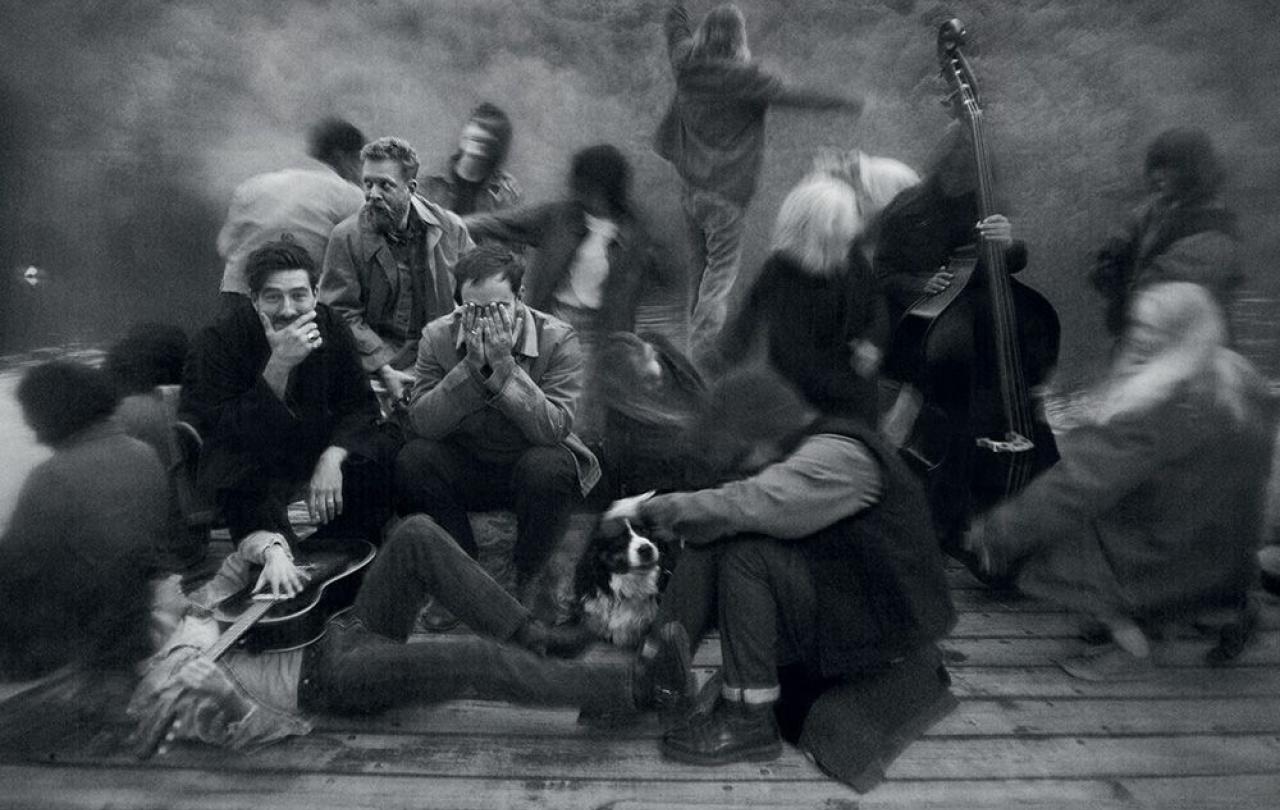
I've watched enough dystopian movies to know that there are lots of reasons to be nervous about the rise of the machines. Whether it’s the Terminator universe where the internet becomes sentient and creates autonomous robots to eradicate humanity, Neo battling an artificial intelligence that enslaves humans in The Matrix, or Will Smith fending off helper robots bent on taking over the planet in I, Robot, technological advances often fuel an array of nightmare scenarios. As if to make matters worse, science fiction has an uncanny knack for becoming science fact – I think of how shows like Star Trek accurately foretold mobile phones, wearable tech and virtual assistants. The line between imagined catastrophe and reality might be thinner than we might like to admit.
Perhaps we shouldn’t be surprised then, that our creative industries are sending out dire warnings about the impact of the latest breakthrough technology - Artificial Intelligence (AI). Like Mary Shelley’s Frankenstein in the middle of the industrial revolution, and Godzilla in the dawn of the nuclear era, dystopian fiction is par for the course of scientific advancement. It all stems, I believe, from our deep human response to the unknown – the fear instinct. But I have recently come across a surprising new voice of reassurance in Sal Khan’s book Brave New Words: How AI Will Revolutionize Education (and Why That’s a Good Thing).
Khan’s book comes recommended by Bill Gates - a reliably voracious reader and one of the founding fathers of the global information technology revolution. But Khan also has his own excellent credentials. From tutoring his niece online using a simple online drawing programme called Yahoo Doodle, he began creating YouTube videos and soon amassed over 450 million views. This led to his creation of the now world-renowned Khan Academy which has revolutionised online education. By 2023, it had more than 155 million registered users, with students spending billions of hours of learning on the platform.
Teachers are concerned that AI could undermine their expertise, much like satellite navigation diminished the skills of London Black Cab drivers.
It seems to me that AI has the potential to upend the Khan Academy business model, however Khan does not take the opportunity to discredit AI or even to highlight its dangers in a bid to reinforce the advantages of his existing products. Nor does he buy into the doom and fearmongering about the impact of digital technologies on young minds, as Jonathan Haidt does in his recent bestselling book Anxious Generation. Instead, he writes a hopeful and imaginative book on AI’s potential for further transforming education for good.
Khan’s perspective comes amidst great fear in educational circles that generative AI will mean the end of education. Students can currently ask ChatGPT to generate an outline for them for an essay, suggest copy, check grammar and accuracy, offer improvements, translations, and factchecks, as well as write a conclusion, edit for wordcount, add footnote references and more. Indeed, entire books available for sale on Amazon have been allegedly written solely by AI. Teachers and lecturers are understandably concerned about the potential for plagiarism. If teachers are no longer able to discern what a student has written for themselves and what a computer has generated, the assessment process becomes meaningless.
Teachers are concerned that AI could undermine their expertise, much like satellite navigation diminished the skills of London Black Cab drivers. After years of mastering 'The Knowledge'—an arduous and demanding process requiring exceptional memory and recall—this once-essential qualification was rendered almost obsolete. New drivers now need little more than a GPS and an Uber account to compete, a shift that highlights how quickly hard-earned skills can become irrelevant in the face of technological advances. Many teachers fear a similar fate as AI continues to encroach on their domain.
While AI may not be the evil monster that will destroy us, neither is it the perfect saviour that will solve all society’s ills.
Khan offers an important alternative view. He sees the possibility that AI could, for example, help coach students on essay writing. By reading work, marking it and suggesting improvements, AI could not only save the teacher valuable time but help students take their work to an even higher level.
Khan offers a similar hopeful alternative to those who blame digital technology advances for the crisis in young person’s mental health. What if AI could help offer coping mechanisms, coaching and tailored advice that can help improve the mental health of students? His vision for the Khan academy virtual assistant ‘”Khanmigo” reminded me of BayMax from Disney’s Big Hero 6 – the large inflatable, huggable robot with a calm, compassionate and loyal personality, highly committed to every aspect of his user’s wellbeing.
Amid voices that demonise AI, Khan’s is a useful antidote, however I wonder if he has gone too far. While AI may not be the evil monster that will destroy us, neither is it the perfect saviour that will solve all society’s ills. Understatement is not Khan’s strong point. Instead, sometimes he becomes so carried away in excitement that I feel his book begins to sound like an infomercial for his own, current and future products.
I wish that Khan had taken a slightly different tack – no less inspiring about the potential of AI, but also recognising its limits. After all education is as much about transformation as it is about information. It should lead to character formation as much as skill acquisition. Emphasising these aspects of moral and perhaps even spiritual mentorship, we can see that education remains irreplaceably human.
AI has huge potential to help and to hinder us in our educative responsibilities to the next generation– and so questions remain – not if AI will change our world, but how. We need to ask not just what benefits it could bring, but who it could benefit most usefully.





